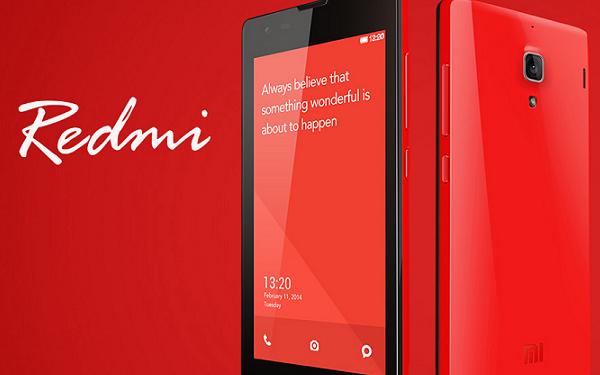If you’ve installed a custom recovery on your Xiaomi Redmi 1S, then the next step is to gain root-access on your device. A custom recovery alone can’t help you with installing the root-requiring apps, but the root-access can.
The guide below takes help of the custom recovery on your device to flash the SuperSU ZIP and root the device. So follow it and get your device rooted in no time:

Files You Need
1. Your device must have a custom recovery installed on it. If you haven’t done so yet, please follow our guide on how to install a custom recovery on the Xiami Redmi 1S and you should be good to go.
2. Download SuperSU archive that will root the device.
Rooting the Xiaomi Redmi 1S
1. Connect your phone to your computer using a USB cable.
2. Copy SuperSU.zip from your computer over to the external storage on your device.
3. When the archive is copied, you can disconnect your phone from your computer.
4. Open the Updater app on your phone.
5. Select Options followed by Reboot to recovery.
6. When your phone reboots into the recovery mode, select install zip followed by choose zip from sdcard.
7. Choose the SuperSU ZIP file that it will flash on your phone.
8. Let it flash the selected file on your device.
9. Once the file is flashed, reboot your phone.
10. You’re now rooted!
And there you go.
Your Xiaomi Redmi 1S is now rooted and you can confirm the same by installing Root Checker from the Google Play store. If you ever wanted to install the root-requiring apps on your phone, now is the perfect time to do so!
All over the world, people are choosing to root Android because it makes them the root user. The root user is to Linux what the administrator is to Windows operating system that so many of you run on a computer. It means that it is now up to you to decide what is installed and uninstalled for the first time. You might think you already had that level of power over your device, but you didn’t. It wasn’t because Google and Android wanted to make you powerless but rather they thought they had no choice in order to offer the level of security that they wanted to offer. And it is true: Android is less secure technically when you have root access, but as long as you are consciously aware of what you are installing and uninstalling then there is no more of a security risk. All you need to do is make sure you download the apps you want to install from the official sources.
Most root applications are available from the same Google Play Store that you already visit daily to install your apps that run on the stock version of Android and a unrooted phone or tablet. The only difference is that if you open the Google Play Store app, you get a front page showcasing some of the highlights for apps and games and entertainment plus a variety of apps that are listed for you in an attempt to offer people apps to download without them having knowledge of the apps names. The root apps don’t appear on this same front page, and there is no easy way to find them. You need to know the names of the root apps to find them on the Play Store. Once you have found the root apps that you want to install you download and install them just like any other apps. SuperSu prompts you with a message on the display after you run the app and then you need to accept that SuperSU is giving it root access. Alternatively, it is here where you deny root access to anything that you do not try or that you do not remember downloading. SuperSU does not offer any security past this point. SuperSUdoes automatically block everything in its pat hand then gives you the message to choose what you allow root access and what you deny.
That’s where our additional guide that showcases some of the best root applications you can install on the Android operating system that you just finished rooting helps. All you need to do is check out some of the apps from the list that you like and remember the names for the next time you visit the Google Play Store app on your device and search for them from the search box.